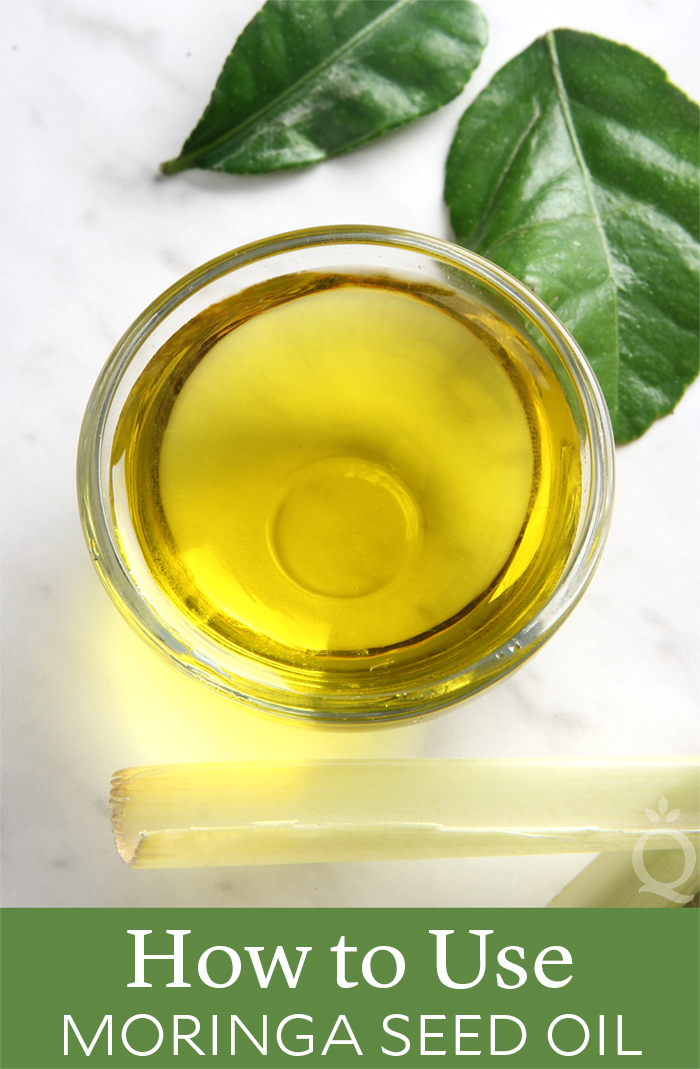
When moringa seed oil first arrived at the Bramble Berry warehouse, we were so excited to test it out. We love the unique earthy scent and how soft our skin feels after application. After more research, it became clear moringa has so much more to offer.
The trees are incredibly resilient. They grow quickly and thrive in hot, dry climates like Nicaragua, where the oil we carry is from. It tolerates a variety of soil conditions, it’s resistant to drought and many types of insects, and it grows year-round. That means it provides resources to areas without easy access to expensive irrigation techniques, according to this Wikipedia post.
Those resources are what really set the tree apart. Moringa is also known as the Miracle Tree and the Tree of Life because every part of it can be used in some way. It’s considered superfood because the leaves are packed with vitamins A, B, and C, manganese, and protein, and the seeds contain potassium, fiber, and magnesium. That’s some serious nutritional value. The tree is also used for medicinal purposes in many parts of the world.
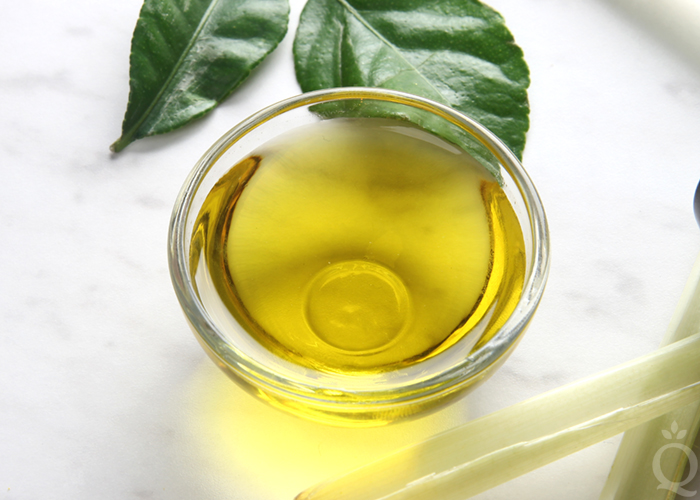
The oil harvested from the tree is packed full of goodness as well. The seed oil is yellow and has a distinct “green” smell. The scent is subtle in finished recipes, especially with added fragrance or essential oil. Because it’s a dry oil, it absorbs into the skin quickly and doesn’t leave a greasy residue. The consistency and absorption remind us of jojoba oil, or a slightly heavier avocado oil. So why add it to your handmade creations? It’s extremely moisturizing for the skin, hair, and nails. It’s a stable oil with a shelf life of about one to two years. Most importantly, every time you use it you’re supporting a tree that has helped thousands, whether as a filling meal, a sustainable source of nutrition, or a hydrating addition to lotion. Learn how to work with it below.
Cold Process & Melt and Pour Soap
You can use moringa seed oil in cold process soap up to 15%. It will give your bars the hydrating properties mentioned above. Because it’s a soft oil (liquid at room temperature), it will make your soap softer and more moisturizing. It’s ideal for intricate designs, as it won’t speed up trace. Learn more about formulating a recipe for intricate designs in this post. As for melt and pour, we don’t recommend adding extra oil. It can make the bases oily or soft and inhibit lather. If you do add moringa seed oil, use no more than 1 teaspoon per pound of melt and pour soap.
Lotion & Conditioner
If you’re in the market for a hydrating lotion or conditioner, you can use moringa seed oil as the only oil in the batch. That would be about 23% or more, depending on your recipe. You can also pair it with another liquid oil like argan to get the beneficial properties of both. If you like a lotion or conditioner that’s a bit thicker, adding a butter like avocado or shea would be a good option. Learn more about making lotion in this post. Look out for a luxurious conditioner made with moringa next week.
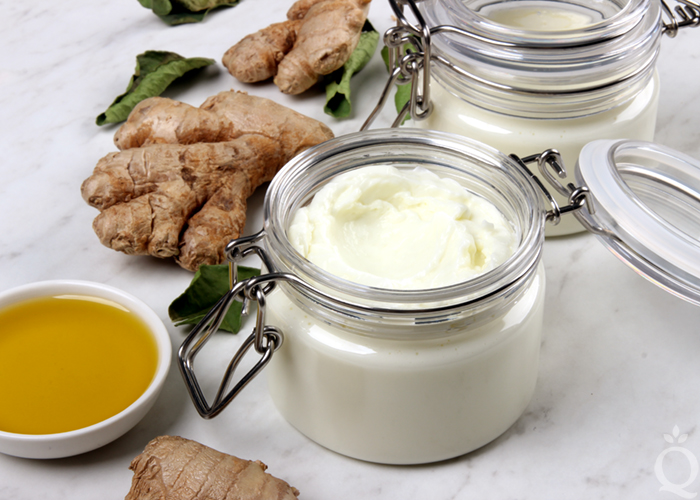 This Ginger and Moringa Oil Conditioner recipe will be on the blog soon.
This Ginger and Moringa Oil Conditioner recipe will be on the blog soon.
Balms
A traditional body or lip balm formula is 1:1:1 wax, butter, and oil. Moringa seed oil can be used at 5% and up. It pairs nicely with beeswax or candelilla wax. As for butter, the sky is the limit. Cocoa, mango, or kokum butter are great options. Before you get started on your balm, pop a few spoons in the freezer. When you dip the cold spoons into the melted balm, it hardens instantly so you can check the texture. This is called The Spoon Trick. If the balm is too soft or too firm, you can adjust from there. Learn more about formulating balms in this post.
Body Butter
Moringa seed oil adds a soft, spreadable texture to your body butter recipes. You can use it at 5% or more and pair it with any butter you like. The All About Butter post has more information on options for your recipe.
Scrubs
Because moringa seed oil absorbs quickly and moisturizes the skin, it’s a great option for scrubs. You can use it at 5-100% in your recipe with the exfoliant of your choice. You can also add potassium cocoate or liquid soap if you prefer a more cleansing scrub. You can add moringa to the DIY Turmeric and Ginger Body Scrub for extra hydration. The recipe is made with turmeric powder and ginger essential oil, which are also new additions to the Bramble Berry line.
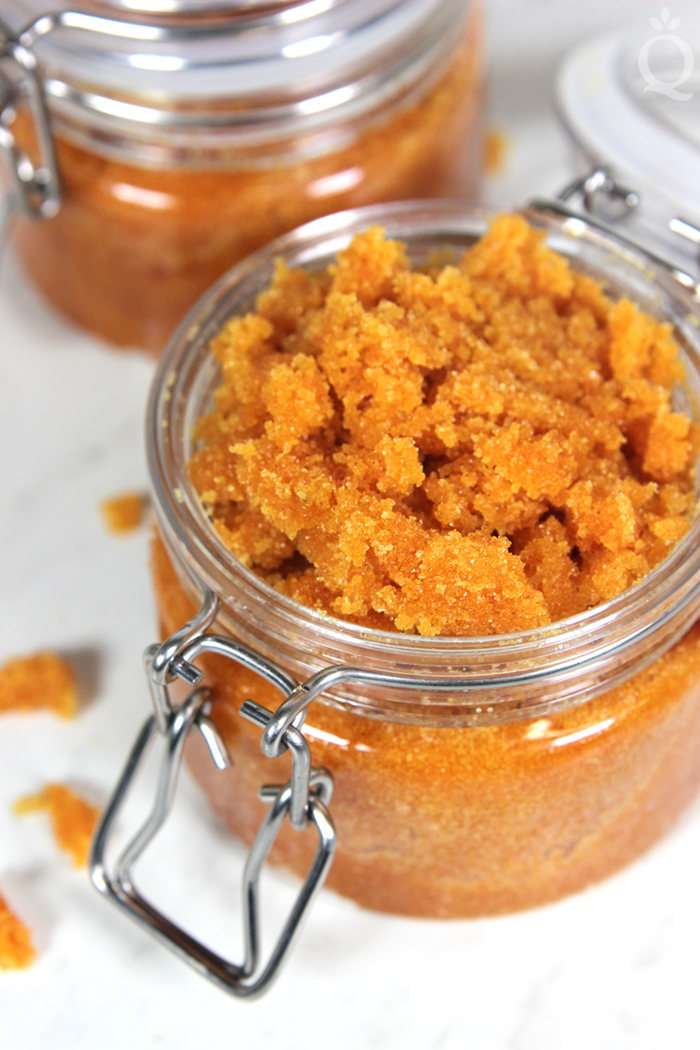 Moringa seed oil would feel fantastic in the DIY Turmeric and Ginger Body Scrub.
Moringa seed oil would feel fantastic in the DIY Turmeric and Ginger Body Scrub.
Bath Bombs
Oil and butter wet bath bombs, which helps them hold their shape. They also moisturize the skin. You can add about 0.5 oz. of moringa seed oil per 1.5 cups of fizzy mixture to start. If you want the bath bombs wetter, you can add more from there. Get more tips in the Bath Bomb Questions and Answers post.
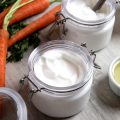
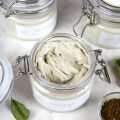
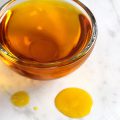
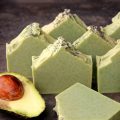
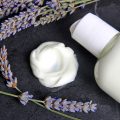
Hi,
I love reading your post regarding moringa oil. I have a question on this though. Can I use a percentage of moringa oil together with a olive oil castile bar then make it into a liquid soap? If so, will it still be as thick or will it thin out?
Thanks
No, if you’re using sodium hydroxide lye the soap will be solid no matter what oils you add. If you want a liquid soap, you’ll need to use potassium hydroxide lye. This kit comes with everything you need to make liquid soap, including a recipe and how-to video: https://www.brambleberry.com/Liquid-Soap-Guru-Kit-P4829.aspx
Yes
Hello, am new to soapmaking and was thinking of making a Moringa soap for mature dull ageing skins. I’ll include Moringa oil and powder. What other oils should I include? Thank you
What oils you choose depend on personal preference. Do you like firm bars or soft bars? More cleansing or more moisturizing? Bubbly lather or more creamy lather? Let me know and I can suggest some oils.
Hai there 🙂
Thank you for the superb sharing about moringa oil.
I want to ask you few things.
1. I am fall in love with your emulsified scrub recipe. So can I change the sweet almond oil into this moringa oil & want to pair it with argan oil. If can, what is the volume of moringa & argan oil to be used?
2. Do you do shipping to Malaysia ? I’m intended to buy some of your oil bcuz I cant get it here 🙁
3. How long is the shell life if I use moringa & argan oil for the emulsified scrub ? ( I follow all the ingredients except for the phenonip I change to optiphen plus as no supply for phenonip here.
Thank you for your reply 🙂
You can use argan and moringa in that recipe. How much of each you choose is based on personal preference. A good place to start is a 1:1 ratio of each, then add more of one if you prefer.
We do ship to Malaysia, learn more here: https://www.brambleberry.com/International-Shipping-Policies.aspx
The scrub will last about 1 year. It stores best in a cool, dry place. Learn more about the shelf life of products here: https://www.soapqueen.com/bath-and-body-tutorials/tips-and-tricks/shelf-life-bath-products-ingredients-rancidity-vs-mold/
And more about storing your products here: http://www.soapqueen.com/bath-and-body-tutorials/tips-and-tricks/how-to-store-handmade-bath-products/
-Kelsey with Bramble Berry
Argan oil: https://www.brambleberry.com/Argan-Oil-P5574.aspx
Moringa oil: https://www.brambleberry.com/Moringa-Seed-Oil-P6745.aspx
I use moringa oil but it’s expensive so I now use moringa powder (I make my own, having a moringa tree in my backyard!). It adds a nice green color and makes my skin super smooth. My clients swear by this soap, especially those with sensitive skin, like me. As a matter of fact, that’s why I got into soapmaking…and moringa has been truly helpful for my skin problems. By the way, I use the hot process technique.
Moringa feels so wonderful on the skin, it’s such a great addition to hot process soap. 🙂
-Kelsey with Bramble Berry
I purchased Untefined Vurgin Moringa Seed Oil and it’s a medium green color. Is that what the unrefined version should look like. Every other Moringa oil I see online is yellow to dark yellow.
I’m not sure, you may check with the manufacturer to be sure. Ours is a light yellow color that may vary slightly from batch to batch.
I love reading your posts and hope to see some moisturizing cream recipes using moringa seed oil in the future.
Thanks so much Lynn, glad you’re enjoying the posts! Look out for a moisturizing lotion recipe made with moringa seed oil here in the next few weeks. 🙂
-Kelsey with Bramble Berry
Hello! I’m an avid fan of Bramble Berry. and get my supplies from you. I love your blogs and I just have a favor to ask. I grew up eating moringa. It’s a common ingredient in a lot of our soups. it grows in plenty of backyards and have fond memories of picking it. The leaf on the main photo of this blog isn’t moringa. It would be great if you can update it as it seems misleading. Thank you!
Thanks so much for your feedback, we’ll definitely keep it in mind for future photos. We added the leaf because we love the natural and relaxed feel it gives the photo. 🙂
-Kelsey with Bramble Berry
Do you have information on the fatty acid composition?
Not at the moment, but I will find that out tomorrow and get back to you. 🙂
-Kelsey with Bramble Berry
Here’s the fatty acid information from our vendor:
Palmitic (C16:0): 2.0 – 10.0%
Stearic (C18:0): 3.0 – 16.0%
Oleic (C18:1): 65.0 – 80.0%
Linoleic (C18:2): 1.0 – 8.0%
Arachidic (C20:0): 0.0 – 6.0%
Behenic (C22:0): 0.0 – 8.0%
-Kelsey with Bramble Berry
How much moringa seed oil should be added to cold process soap?
You can use it at 15% or less in your cold process recipe.
-Kelsey with Bramble Berry
Is the 15% Moringa oil appropriate for hot process soap as well? Thanks.
Yes, that works for hot process too. It will feel really nice on the skin.
I’ve been reading Soap Queen posts obsessively for the past week! I do have a question, I hope it makes sense.
If you’re planning on adding an EO or FO to a cold process soap, is it simply considered an additive in the recipe? Do you make sure it fits into the 100% of oils being used or is it just considered its own type of ingredient (like a colorant) and its measurement can be shown separate from the group of oils being used?
It’s, it’s own ingredient just like the colorant. Hope this helps!
That is correct – the essential or fragrance oil is considered an additive like a colorant. That means you don’t need to factor it into your main batch of oils. Just enter the total weight of your soap (oils, water, and lye) in our Fragrance Calculator to get the amount of scent you need: https://www.brambleberry.com/Pages/Fragrance-Calculator.aspx
-Kelsey with Bramble Berry
Very helpful, thank you so much!
Thanks for spotlighting Moringa Oil. I use organic Moringa Oil in all of my bath products, and it is just lovely! I do add to melt and pours also at 1 tsp for a 3 lb loaf of soap and you can tell a difference. Scrubs and lotions are divine! Moringa Oil has been my favorite discovery ever!
We’re totally in love with moringa too! Can’t wait to share more recipes made with it. 🙂
-Kelsey with Bramble Berry
Hello! I would like to know if Black date oil (Canarium Schweinfurthii) can be used as a replacement to olive oil in a soap receipe?
I intend to use
32% Black date oil,
32% Palm oil,
32% Coconut oil (or a mixture of coconut oil and palm kernel oil) and castor oil 4%.
Their are conflicting values of the SAP value of Black date oil online.
It is also called African olive oil.
We haven’t worked with that oil so I’m not entirely sure. You may see if someone on teachsoap.com/forum has more tips.
-Kelsey with Bramble Berry